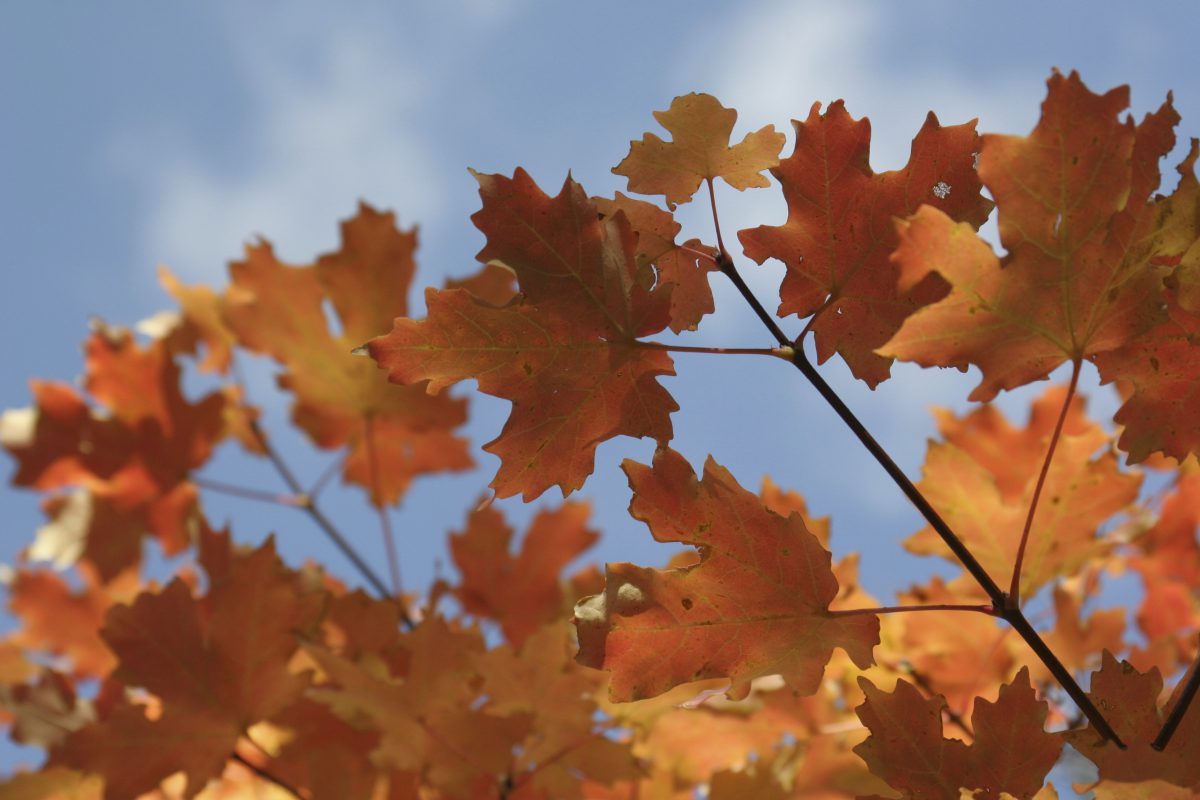BY MARY LYNN BRUNY, KL REALTY I’ve said it before and I’ll say it again: It’s tough to be a tree in Colorado. Given its own devices the land here would be (and was) a barren prairie with deciduous trees only growing along waterways. We humans have added our beloved trees to a climate which doesn’t support them. But why should that stop us, right? But once in a while Mother Nature chuckles and reminds us who’s in charge, and it seems to be one of those times.
Currently we are experiencing the destructive march of the emerald ash borers who will zap every ash in the area not continuously treated. EVERY single one. Similar situation happened with walnut trees a few years back though some are hanging on. And don’t forget about two years ago, when we had one of those “only in Colorado” fall days when the temperature dropped 70 degrees in 24 hours. This is a lot for trees to handle and the most vulnerable of them suffered, some killed right off. Evergreens seemed especially hard hit as they were not hardened off. Lots of the bigger, older deciduous trees have hung on for a few years, but now we’re losing lots of them, too.
Unfortunately, my husband and I are experiencing this first-hand. We are having five struggling, unsafe, huge 80-year-old Siberian elms which flank our corner lot (on the city’s property) removed. Patrick Bohin, forestry assistant for the City of Boulder, came knocking at our door one day this spring with the bad news. He’s like a very kind, very thoughtful grim reaper. You know he hates giving you this news. But I know enough about trees not to delude myself with the thought that he’s wrong. In fact, I knew this day was coming and was hoping in the meantime no one was crunched by a big falling branch, except maybe those people who walk by talking loudly on their cell phones.
Sometimes you know it’s coming (which helps you to deal with it), and other times – WHAM – you just lose a tree quickly. The first time it happens it’s pretty devastating, especially if it’s the centerpiece of your landscaping (which we experienced in another home) or if you have an emotional attachment to the tree. Plus, there is the expense: If it’s not on the city’s land, you’re paying big bucks to get rid of something you really liked. Double ouch.
But here’s what I learned years ago: Replacement trees grow faster than you think. The first few years are slow, then they take off like crazy, assuming you’re treating them well. And the good news is you get to pick out exactly what you want, not what you inherited. Reminds me of the first Easter I got a new dress and didn’t have to wear my sister’s hand-me-down. Thrilling. So instead of these messy elms which keep dropping branches, we will have sugar maples which have great orange fall color and crabapples with beautiful spring blooms. So exciting. Do they immediately fill the void of those elms? Hardly. They look like toothpicks comparatively. Will they shade our upstairs bedrooms? Probably not until my unborn grandchildren are in middle school. But in the meantime, we’ll have less sticks to pick up, warmer rooms and better views of the mountains.





